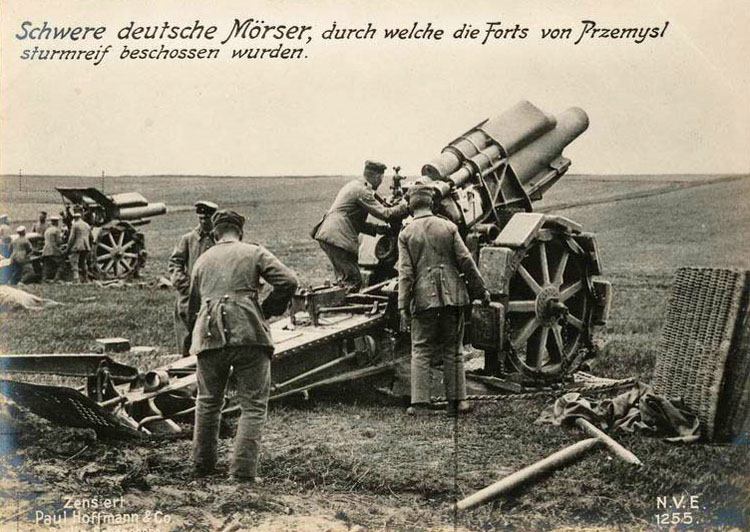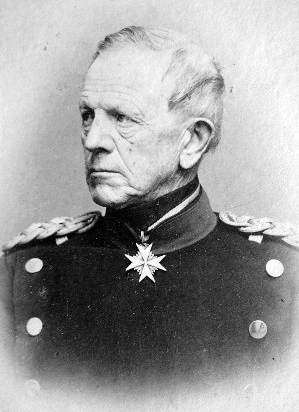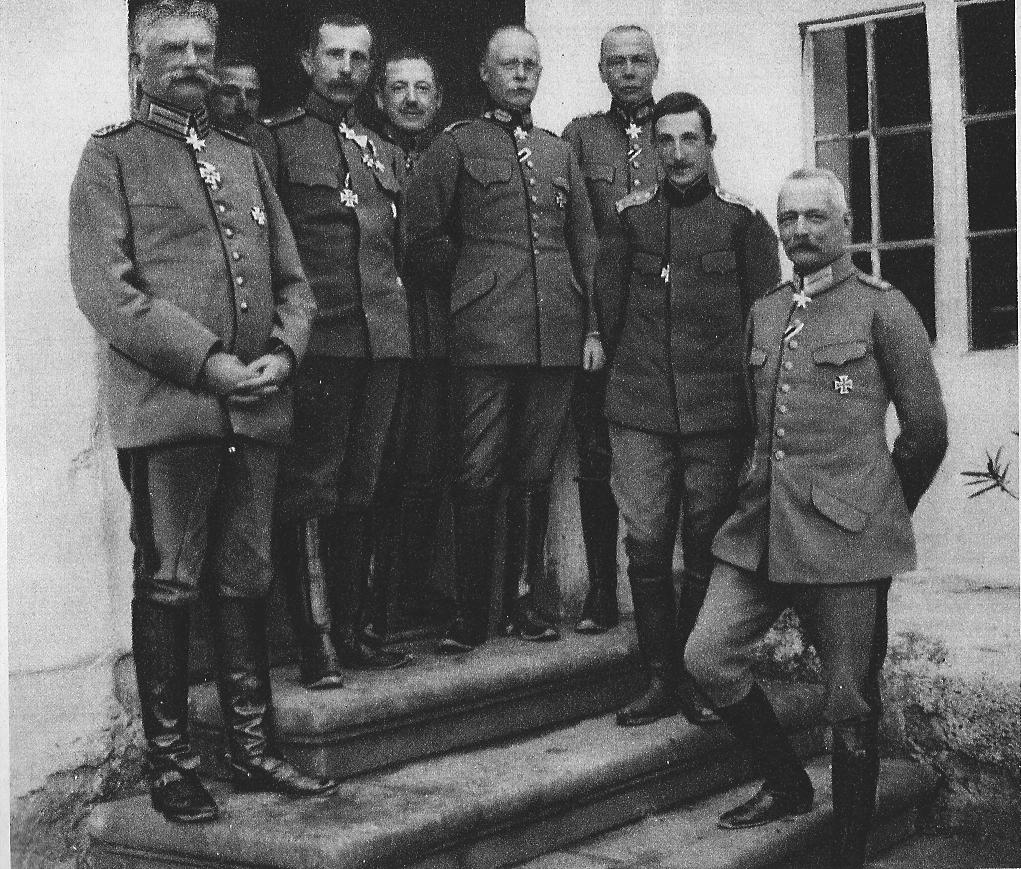|
Second Battle Of Artois
The Second Battle of Artois (french: Deuxième bataille de l'Artois, german: Lorettoschlacht) from 9 May to 18 June 1915, took place on the Western Front (World War I), Western Front during the First World War. A German-held Salient (military), salient from Reims to Amiens had been formed in 1914 which menaced communications between Paris and the unoccupied parts of northern France. A reciprocal French advance eastwards in Artois could cut the rail lines supplying the German armies between Arras and Reims. French operations in Artois, Champagne and Alsace from November–December 1914, led General Joseph Joffre, Generalissimo (Commander in Chief) and head of Grand Quartier Général (1914–1919), Grand Quartier Général (GQG), to continue the offensive in Champagne against the German southern rail supply route and to plan an offensive in Artois against the lines from Germany supplying the German armies in the north. Field Marshal Sir John French, 1st Earl of Ypres, John French, ... [...More Info...] [...Related Items...] OR: [Wikipedia] [Google] [Baidu] |
Western Front (World War I)
The Western Front was one of the main theatres of war during the First World War. Following the outbreak of war in August 1914, the German Army opened the Western Front by invading Luxembourg and Belgium, then gaining military control of important industrial regions in France. The German advance was halted with the Battle of the Marne. Following the Race to the Sea, both sides dug in along a meandering line of fortified trenches, stretching from the North Sea to the Swiss frontier with France, which changed little except during early 1917 and in 1918. Between 1915 and 1917 there were several offensives along this front. The attacks employed massive artillery bombardments and massed infantry advances. Entrenchments, machine gun emplacements, barbed wire and artillery repeatedly inflicted severe casualties during attacks and counter-attacks and no significant advances were made. Among the most costly of these offensives were the Battle of Verdun, in 1916, with a combined 700,000 ... [...More Info...] [...Related Items...] OR: [Wikipedia] [Google] [Baidu] |
Battle Of Aubers Ridge
The Battle of Aubers (Battle of Aubers Ridge) was a British offensive on the Western Front on 9 May 1915 during the First World War. The battle was part of the British contribution to the Second Battle of Artois, a Franco-British offensive intended to exploit the German diversion of troops to the Eastern Front. The French Tenth Army was to attack the German 6th Army north of Arras and capture Vimy Ridge, preparatory to an advance on Cambrai and Douai. The British First Army, on the left (northern) flank of the Tenth Army, was to attack on the same day and widen the gap in the German defences expected to be made by the Tenth Army and to fix German troops north of La Bassée Canal. The attack was an unmitigated disaster on the part of the British. No ground was gained, no tactical advantage was gained, and they suffered more than ten times the number of casualties as the Germans. To make matters worse the battle precipitated a political crisis back home, which became the She ... [...More Info...] [...Related Items...] OR: [Wikipedia] [Google] [Baidu] |
Gorlice–Tarnów Offensive
The Gorlice–Tarnów offensive during World War I was initially conceived as a minor German offensive to relieve Russian pressure on the Austro-Hungarians to their south on the Eastern Front, but resulted in the Central Powers' chief offensive effort of 1915, causing the total collapse of the Russian lines and their retreat far into Russia. The continued series of actions lasted the majority of the campaigning season for 1915, starting in early May and only ending due to bad weather in October. Mackensen viewed securing a breakthrough as the first phase of an operation, which would then lead to a Russian retreat from the Dukla Pass, and their positions north of the Vistula. Background In the early months of war on the Eastern Front, the German Eighth Army conducted a series of almost miraculous actions against the two Russian armies facing them. After surrounding and then destroying the Russian Second Army at the Battle of Tannenberg in late August, Paul von Hindenburg and ... [...More Info...] [...Related Items...] OR: [Wikipedia] [Google] [Baidu] |
11th Army (German Empire)
The 11th Army (german: 11. Armee / Armeeoberkommando 11 / A.O.K. 11) was an army level command of the German Army in World War I. It was formed in March 1915 in Kassel originally to serve on the Western Front but was transported to Galicia for service on the Eastern Front. The army was dissolved on 8 September 1915, but reformed on 23 September 1915 for the Serbian Campaign. It was finally dissolved on 7 January 1919. History The 11th Army was formed in early 1915. It briefly fought on the Western Front during the Battle of Ypres, holding the line against the Allied attack. On 22 April, it was transferred and placed with the Austrian 4th Army under Mackensen's command, behind the Gorlice–Tarnow gap, south of the Vistula River. In July 1915, the 11th Army advanced into Russian territory in a general German offensive. The 11th Army was dissolved on 8 September 1915. On 23 September 1915 a new 11th Army was created for the Serbian Campaign under command of Max von Gallwit ... [...More Info...] [...Related Items...] OR: [Wikipedia] [Google] [Baidu] |
First Battle Of Ypres
The First Battle of Ypres (french: Première Bataille des Flandres; german: Erste Flandernschlacht – was a battle of the First World War, fought on the Western Front (World War I), Western Front around Ypres, in West Flanders, Belgium. The battle was part of the First Battle of Flanders, in which German Army (German Empire), German, French Army in World War I, French, Belgian Land Component, Belgian armies and the British Expeditionary Force (World War I), British Expeditionary Force (BEF) fought from Arras in France to Nieuwpoort, Belgium, Nieuwpoort (Nieuport) on the Belgian coast, from 10 October to mid-November. The battles at Ypres began at the end of the Race to the Sea, reciprocal attempts by the German and Franco-British armies to advance past the northern flank of their opponents. North of Ypres, the fighting continued in the Battle of the Yser between the German 4th Army (German Empire), 4th Army, the Belgian army and French marines. The fighting has been divide ... [...More Info...] [...Related Items...] OR: [Wikipedia] [Google] [Baidu] |
Battle Of The Yser
The Battle of the Yser (french: Bataille de l'Yser, nl, Slag om de IJzer) was a battle of the First World War that took place in October 1914 between the towns of Nieuwpoort and Diksmuide, along a stretch of the Yser River and the Yperlee Canal, in Belgium. The front line was held by a large Belgian force, which halted the German advance in a costly defensive battle. The victory at the Yser allowed Belgium to retain a small strip of territory, with Germany in control of 95 per cent of Belgian territory, which made King Albert a Belgian national hero, sustained national pride and provided a venue for commemorations of heroic sacrifice for the next hundred years. Background German invasion of Belgium On 2 August 1914, the Belgian government refused passage through Belgium to German troops and on the night of the Belgian General Staff ordered the Third Division to Liège to obstruct a German advance. The German army invaded Belgium on the morning of 4 August. Covered ... [...More Info...] [...Related Items...] OR: [Wikipedia] [Google] [Baidu] |
4th Army (German Empire)
The 4th Army (german: 4. Armee / Armeeoberkommando 4 / A.O.K. 4) was an army level command of the German Army in World War I. It was formed on mobilization in August 1914 from the VI Army Inspection. The army was disbanded in 1919 during demobilization after the war. History At the outset of war, the 4th Army, with the 5th Army, formed the center of the German armies on the Western Front, moving through Luxembourg and Belgium in support of the great wheel of the right wing that was to pin down and defeat the French armies. The 4th Army defeated Belgian forces on the frontier, drove the French out of the Ardennes and then encountered the British Expeditionary Force in the "Race to the Sea" at the First Battle of Ypres. The 4th Army faced the British in Flanders for the rest of the war, notably defending in the Battle of Passchendaele (1917), attacking in the 1918 German spring offensive and finally being pushed back in the Hundred Days Offensive from August 1918. At the e ... [...More Info...] [...Related Items...] OR: [Wikipedia] [Google] [Baidu] |
Oberste Heeresleitung
The ''Oberste Heeresleitung'' (, Supreme Army Command or OHL) was the highest echelon of command of the army (''Heer'') of the German Empire. In the latter part of World War I, the Third OHL assumed dictatorial powers and became the ''de facto'' political authority in the empire. Formation and operation After the formation of the German Empire in 1871, the Prussian Army, Royal Saxon Army, Army of Württemberg and the Bavarian Army were autonomous in peacetime, each kingdom maintaining a separate war ministry and general staff to administer their forces. On the outbreak of war, the Constitution of the German Empire made the German Emperor Commander-in-Chief of the combined armies (''Oberster Kriegsherr'', Supreme Warlord). The Emperor's role as Commander-in-Chief was largely ceremonial and authority lay with the Chief of the German General Staff, who issued orders in the Emperor's name. The pre-war Chief of the General Staff was Colonel General Helmuth von Moltke (The Younger) an ... [...More Info...] [...Related Items...] OR: [Wikipedia] [Google] [Baidu] |
German General Staff
The German General Staff, originally the Prussian General Staff and officially the Great General Staff (german: Großer Generalstab), was a full-time body at the head of the Prussian Army and later, the German Army, responsible for the continuous study of all aspects of war, and for drawing up and reviewing plans for mobilization or campaign. It existed unofficially from 1806, and was formally established by law in 1814, the first general staff in existence. It was distinguished by the formal selection of its officers by intelligence and proven merit rather than patronage or wealth, and by the exhaustive and rigorously structured training which its staff officers undertook. Its rise and development gave the German armed forces a major strategic advantage over their adversaries for nearly a century and a half. The Prussian General Staff also enjoyed greater freedom from political control than its contemporaries, and this autonomy was enshrined in law on the unification of Germany ... [...More Info...] [...Related Items...] OR: [Wikipedia] [Google] [Baidu] |
Erich Von Falkenhayn
General Erich Georg Sebastian Anton von Falkenhayn (11 September 1861 – 8 April 1922) was the second Chief of the German General Staff of the First World War from September 1914 until 29 August 1916. He was removed on 29 August 1916 after the failure at the Battle of Verdun, the opening of the Battle of the Somme, the Brusilov Offensive and the entry of Romania into the war on the Allied side undid his strategy to end the war before 1917. He was later given important field commands in Romania and Syria. His reputation as a war leader was attacked in Germany during and after the war, especially by the faction supporting Paul von Hindenburg. Falkenhayn held that Germany could not win the war by a decisive battle but would have to reach a compromise peace; his enemies said he lacked the resolve necessary to win a decisive victory. Falkenhayn's relations with the Chancellor Theobald von Bethmann-Hollweg were troubled and undercut Falkenhayn's plans. Early life Falkenhayn was b ... [...More Info...] [...Related Items...] OR: [Wikipedia] [Google] [Baidu] |
Raymond Poincaré
Raymond Nicolas Landry Poincaré (, ; 20 August 1860 – 15 October 1934) was a French statesman who served as President of France from 1913 to 1920, and three times as Prime Minister of France. Trained in law, Poincaré was elected deputy in 1887 and served in the cabinets of Dupuy and Ribot. In 1902, he co-founded the Democratic Republican Alliance, the most important centre-right party under the Third Republic, becoming Prime Minister in 1912 and serving as President of the Republic from 1913 to 1920. He purged the French government of all opponents and critics and single-handedly controlled French foreign policy from 1912 to the beginning of World War I. He was noted for his strongly anti-German attitudes, shifting the Franco-Russian Alliance from the defensive to the offensive, visiting Russia in 1912 and 1914 to strengthen Franco-Russian relations, and giving France's support for Russian military mobilization during the July Crisis of 1914. From 1917, he exercised less ... [...More Info...] [...Related Items...] OR: [Wikipedia] [Google] [Baidu] |
Champagne (province)
Champagne () was a province in the northeast of the Kingdom of France, now best known as the Champagne wine region for the sparkling white wine that bears its name in modern-day France. The County of Champagne, descended from the early medieval kingdom of Austrasia, passed to the French crown in 1314. Formerly ruled by the counts of Champagne, its western edge is about 160 km (100 miles) east of Paris. The cities of Troyes, Reims, and Épernay are the commercial centers of the area. In 1956, most of Champagne became part of the French administrative region of Champagne-Ardenne, which comprised four departments: Ardennes, Aube, Haute-Marne, and Marne. From 1 January 2016, Champagne-Ardenne merged with the adjoining regions of Alsace and Lorraine to form the new region of Grand Est. Etymology The name ''Champagne'', formerly written ''Champaigne'', comes from French meaning "open country" (suited to military maneuvers) and from Latin ''campanius'' meaning "level country" ... [...More Info...] [...Related Items...] OR: [Wikipedia] [Google] [Baidu] |
.jpg)





